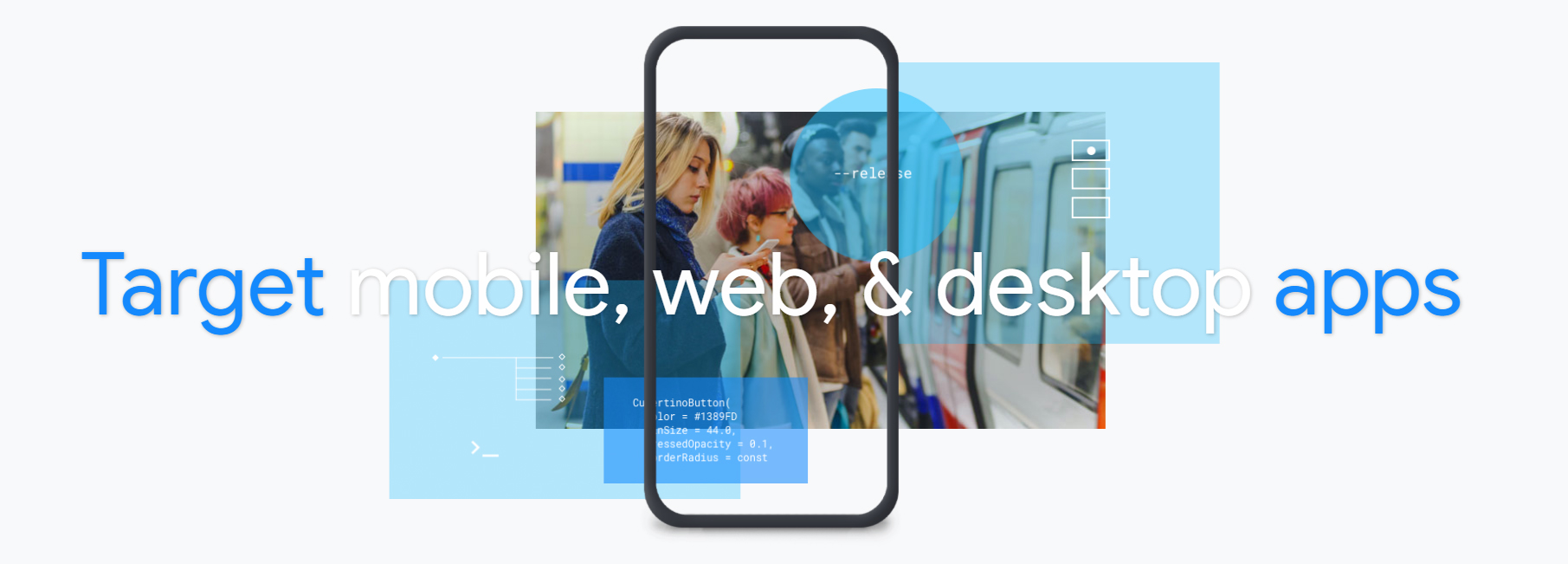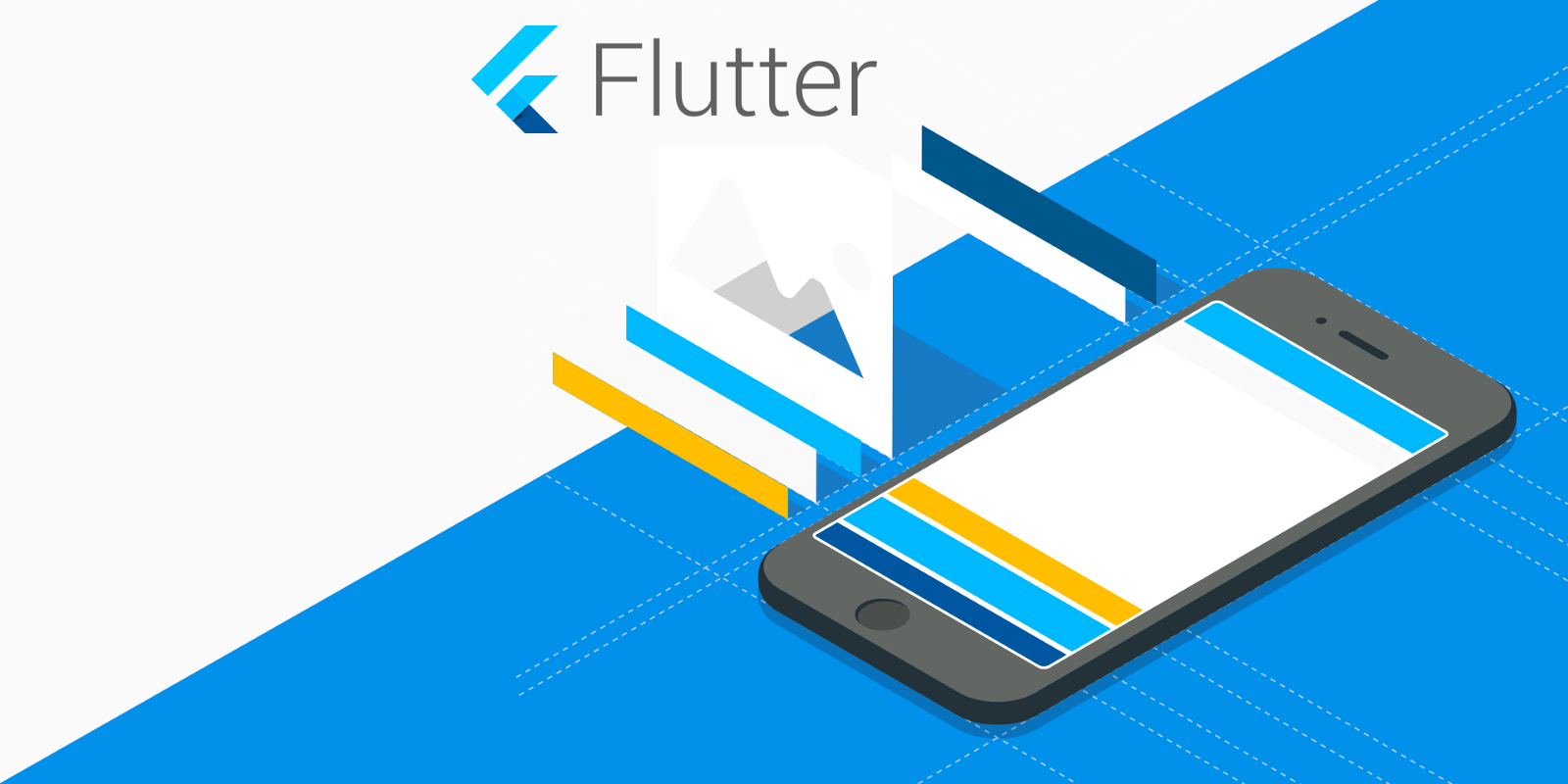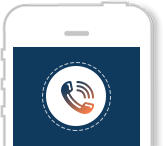For reasons, Flutter is talk-of-the-town and we have listed out why one should really think of Flutter for visually attractive, light and user-friendly mobile apps for Android as well as iOS mobile platforms.
FLUTTER & THE NEWS
Google I/O 2019 gave a lot of attention to Flutter and have announced a lots of overwhelming news about this technology and its future.
Web Support for Flutter – Google released a preview version of Flutter for web and they call it Flutter Web. New York Times puzzle game is the best example of Flutter Web.
Flutter 1.12 (stable) is live with many-many improvements. You can check out the Flutter changelog for noteworthy changes.
The latest Flutter release adds support for building Chrome OS applications.
The rate at which Flutter apps are published on Google Play continues to increase. There are some really good features of this technology and at the same time there are few challenges. But we can be pretty sure that in spite of these challenges which Google is continuously bringing out the solutions, can be accepted. Let’s start with the basics.
WHAT IS FLUTTER?
Flutter is Google’s UI toolkit for building beautiful, natively compiled applications for mobile, web, and desktop from a single codebase. Basically Flutter enables smooth and easy cross-platform mobile app development for iOS and Android. All you need is a single code base.
Flutter is an open-source and free program which means that it can help you to get great apps at affordable prices and it offers endless scopes of customizing the looks and features of apps with its own set of widgets.
FLUTTER vs. OTHER CROSS-PLATFORM APPS

Usual problem with other cross-platform app is that they don’t often look or feel like native because they use different buttons or widgets, etc. But Flutter has come up with some really innovative solutions for this.
Main thing is that Flutter compiles the code to native, i.e. we can write to platform-specific code by either executing different code after checking Platform.isIOS and Platform.isAndroid or writing our own native plugins.
The apps are pixel-perfect when compared to what is seen in development environment and on actual phone. This means we won’t have something on iPhone that feels like it belongs to Android or vice-versa.
FLUTTER’s FRAMEWORK ARCHITECTURE
Flutter is free and open-source. It is based on Dart language – a fast, object-oriented programming language. And thanks to the rich widgets, Flutter apps look and feel perfectly great even with your own custom app design. The architecture of Flutter is based on very popular reactive programming (the same that React has been made from) and for this reason it is becoming a serious competitor to React Native.
The framework architecture of Flutter includes four major components:
(1) Dart Platform
(2) Flutter Engine
(3) Foundation Library
(4) Design-Specific Library
#1 Dart Platform – Flutter apps are written in Dart language, which offers the opportunity to create top-quality apps in a short time.
#2 Flutter Engine – Flutter engine, primarily written in C++ offers a low-rendering support using Google’s Skia graphics library. For an enterprise app development, we interact with Flutter via the Flutter Framework, which provides a modern and reactive framework.
#3 Foundation Library – The foundation library (in Dart) provides basic classes and functions which are used to construct applications using Flutter, such as APIs to communicate with the engine.
#4 Design-Specific Library – UI design in Flutter typically involves assembling and/or creating various widgets – Material design package for Android developers or Cupertino package for iOS developers. One can also use complex widgets leveraging combining many simpler ones or interfacing with “canvas” commands to draw shapes, text, and imagery directly to the screen.
WHY FLUTTER? 7 ADVANTAGES FOR MOBILE APP OWNERS

From the perspective of an app owner, the crucial advantages could be: speeds up the mobile app development process, reduces the cost of app development, and helps your team to build a beautiful app UI with smooth animations.
Here’s are 7 advantages:
(1) Faster & dynamic code writing
(2) One code for 2 platforms
(3) Less testing
(4) Fast performing apps
(5) Designs which your users will love
(6) The same app UI on older devices (your new app will look the same, even on old versions of Android and iOS)
(7) Perfect for MVP (Minimum Viable Product)
Some of the popular apps that are built with Flutter:
– Realtor.com
– Google Assistant
– Dream11
– Groupon
– Alibaba.co
See the full showcase – https://flutter.dev/showcase
WRAP UP & OUR RECOMMENDATION
In our opinion, Flutter has many more advantages for business and development teams. It’s a great way to build beautiful, high-performance and outstanding mobile apps to fit your customized requirements. Especially if you want an app both for iOS and Android, it’s worth considering Flutter.
Do you have any app idea? Talk to us.
Image Source: flutter.dev


